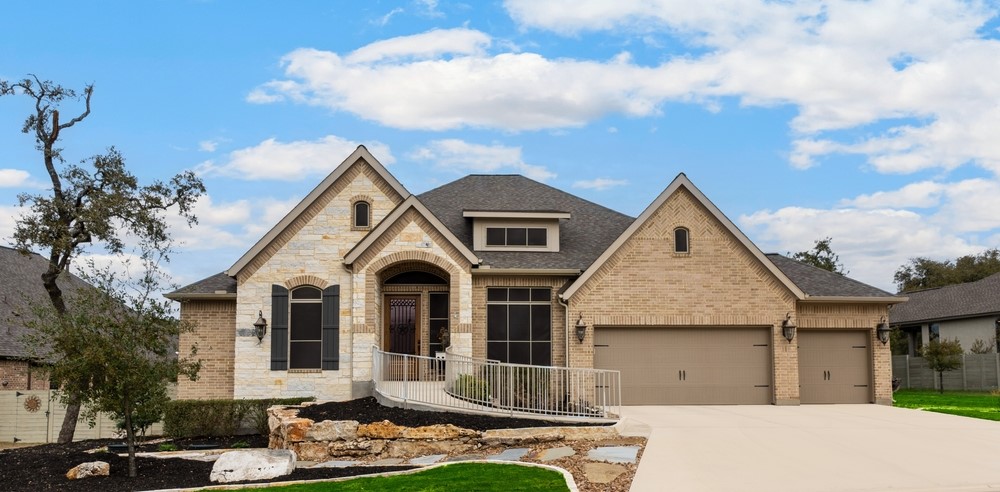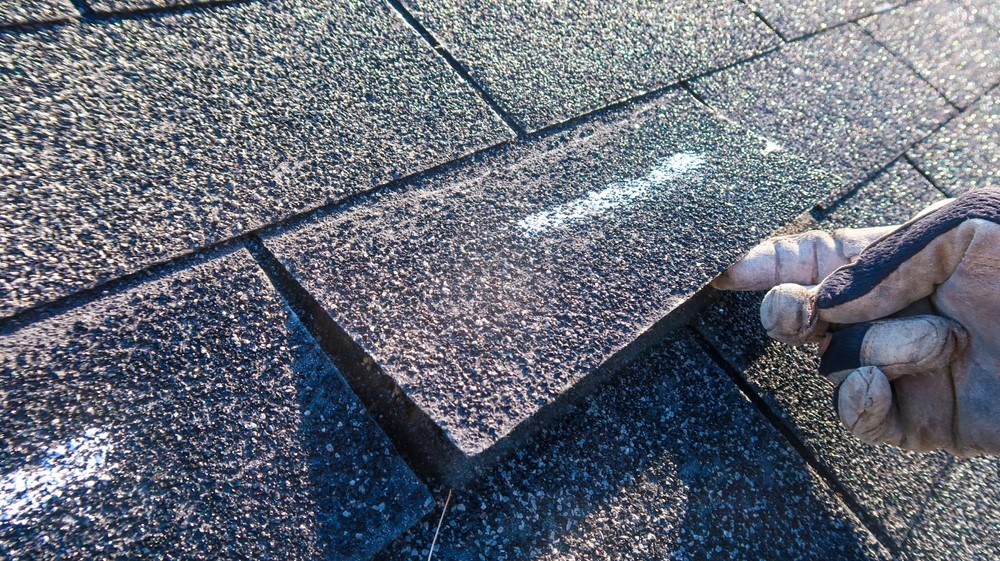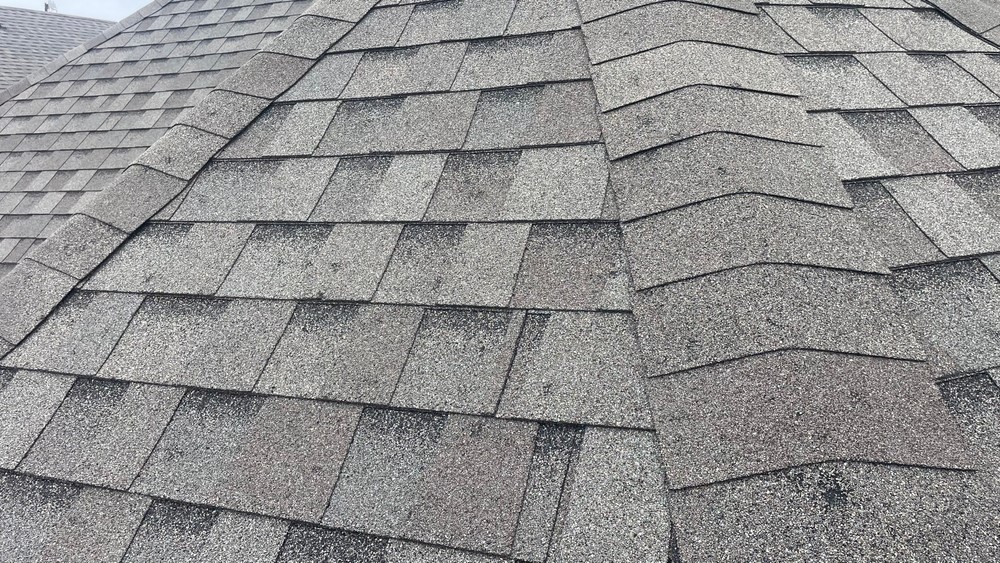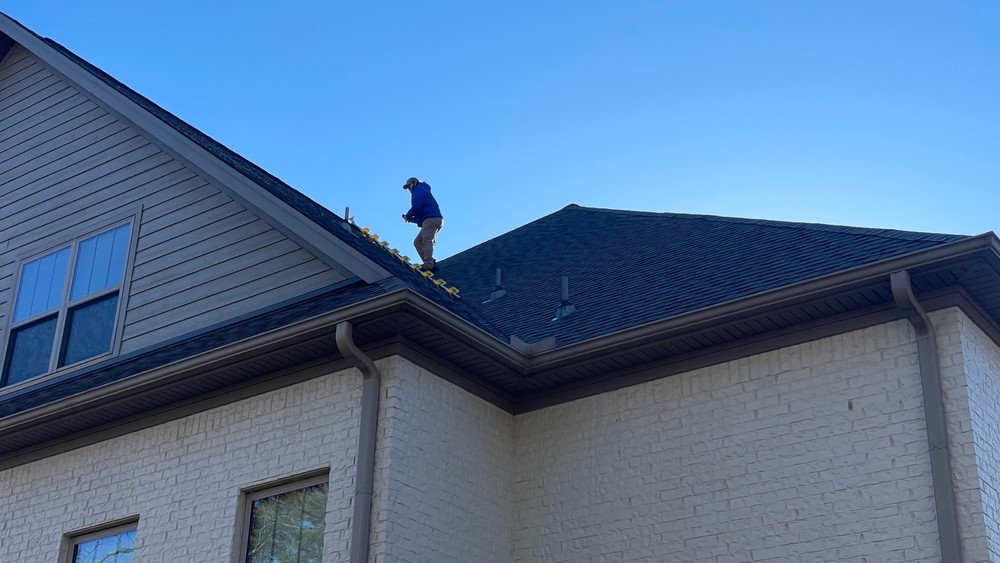Roofs are safer and more durable than they’ve ever been thanks to new materials and technologies. Learn more about some important innovations in roofing.
Roofing has come a long way in the modern era. Residential and commercial roofers can build roofs in a wide variety of styles that are more durable and safer than roofs from a century ago, or even a few decades ago. New materials and technologies can create roofs that look modern, old-fashioned, or anything in between, while still providing the key function of protecting the house or building from the elements.
What are some of the modern era’s most important innovations in roofing? A definitive list could take up a great deal of space, so here are only a few ways roofing has improved over the years in both form and function.Synthetic shingles and asphalt alternatives
A roof’s primary job is to protect the interior of the building. Aesthetic appeal and other functions are bonuses on top of this role. Without a sturdy roof to act as a barrier, water can enter a building and cause damage like wood rot and mold. Pests of many different shapes and sizes can get inside and cause mischief. New materials provide better protection against the elements than ever before.
 Photo by NCinDC from Flickr [Creative Commons]
Photo by NCinDC from Flickr [Creative Commons] Shingles are where a roof makes its first stand against wind, rain, hail, snow, and other weather. They direct water towards gutters and downspouts, or at least away from the house and towards the ground. For centuries, most houses and other buildings used shingles made from materials like wood, clay, or slate. These can provide excellent protection, but they can also be heavy and quite fragile.
The 20th century saw the rise of asphalt shingles, which are inexpensive, durable, and easy to replace. While they contribute much in function, however, they are often not as appealing to the eye as other types of shingles.
Shingles made from composite materials, typically a mixture of asphalt and rubber, offer improvements over other kinds of shingles. They can mimic wood or stone while offering better durability at less cost, creating a classic look for a modern roof.
Weather-resistant barriers
 Photo by pointnshoot from Flickr [Creative Commons]
Photo by pointnshoot from Flickr [Creative Commons]
- A roof deck, typically made of plywood
- Underlayment, which can come in several forms
- Shingles, which provide the outermost protection
Ventilation
Most residential roofs have attic space below the roof and above the living area of the home. While some homeowners are able to convert their attics into usable space, many attics go unused except for functions like insulation. In either case, ventilation is essential to keeping the roof in good repair by preventing hot air from building up. This has the additional benefit of improving a home’s energy efficiency.
 Photo by Brian Robinson from Flickr [Creative Commons] A typical attic ventilation system might use a pipe or fan that extends out from the attic to allow warm air to escape. While these can be efficient methods, they can also be eyesores. Ridge vents allow warm air to vent out along the ridge of a roof. Unlike vent pipes, they sit almost level with the rest of the roof.
Photo by Brian Robinson from Flickr [Creative Commons] A typical attic ventilation system might use a pipe or fan that extends out from the attic to allow warm air to escape. While these can be efficient methods, they can also be eyesores. Ridge vents allow warm air to vent out along the ridge of a roof. Unlike vent pipes, they sit almost level with the rest of the roof. Solar panels and shingles
Solar power is not a particularly new technology, but it has developed to the point where it is accessible to a large number of homeowners. Many people have elected to place solar panels on their roofs to provide some or all of their energy needs. While they still require a rather sizeable up-front investment, they can pay themselves off through utility cost savings over time.
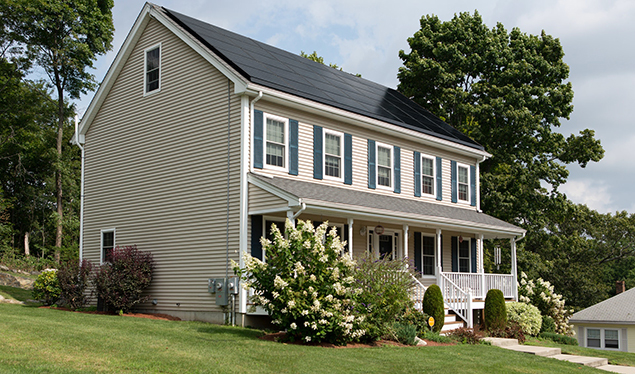 Photo by Vivint Solar from Pexels Homeowners who don’t mind making a bigger initial investment are opting for solar shingles. Rather than sitting on top of an existing roof like solar panels, solar shingles can replace existing shingles. They serve two functions: protecting the house and providing it with power.
Photo by Vivint Solar from Pexels Homeowners who don’t mind making a bigger initial investment are opting for solar shingles. Rather than sitting on top of an existing roof like solar panels, solar shingles can replace existing shingles. They serve two functions: protecting the house and providing it with power. Get started with a trusted modern roofer
RoofCrafters uses modern technology and materials to ensure our roofs remain beautiful and functional through various weather conditions and over time. Contact us today to get started with our expert project planners. Roof inspections are free!
Subscribe to RoofCrafters Inc's Blog



